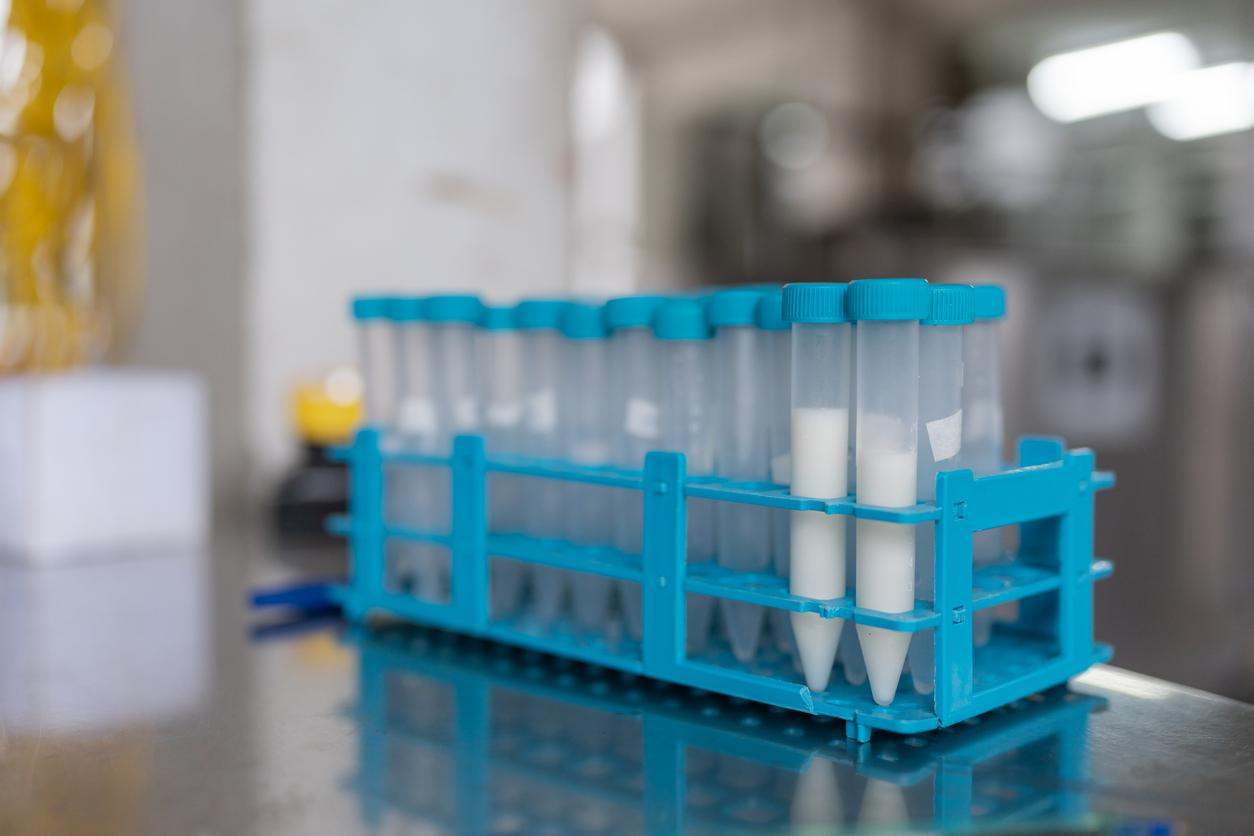Experiments with raw milk from cows infected with H5N1 avian influenza found that mice fed droplets quickly became ill, with high virus levels in their respiratory tissues, researchers reported today.
In other tests, the group also used the raw milk samples to examine how heat inactivation and cold storage affect virus levels. A team from the University of Wisconsin-Madison and Texas A&M Veterinary Medical Diagnostic Laboratory published their findings today in a letter to the New England Journal of Medicine.
High virus levels in respiratory organs
In the mouse challenge experiments, researchers fed five mice about 20 drops of contaminated milk from an affected herd in New Mexico. The animals showed illness signs on day 1, which included ruffled fur and lethargy.
The mice survived until day 4, when scientists euthanized them to examine virus levels in various organs. They found high levels in the nasal passages, trachea, and lungs, with low-to-moderate levels in other organs, similar to findings in other mammals.
The team wrote that infection may have occurred through the pharynx, and they also detected H5N1 in the mammary glands of two mice—similar to findings in cows—even though the mice weren't lactating.
Impacts from heat treatment and refrigeration
In other experiments on contaminated raw milk samples, researchers looked at temperatures and time to inactivate the H5N1 virus. Heating the samples to 145°F killed the virus at four different timing intervals: 5, 10, 20, and 30 minutes. Heating the milk at a higher temperature (161.6°F) but a much shorter time (15 and 20 seconds) diminished, but did not completely inactivate, the virus.
"We emphasize that the conditions used in our laboratory study are not identical to the large-scale industrial treatment of raw milk," they wrote.
In another experiment with the contaminated milk, they stored it at 39.2°F for 5 weeks and found only a small decline in virus levels, suggesting that the virus in raw milk can remain infectious when kept at refrigerated temperatures.




















